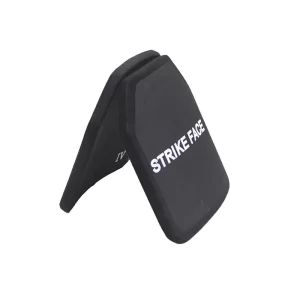Introduction of bulletproof helmets
2. Materials for ballistic helmets
There are many synthetic materials used in ballistic helmets, the main ones being aramid, PE and ballistic steel. Among them, aramid and PE are new high-tech synthetic fibers developed in the 60s and 80s. Compared to traditional ballistic steel, they have the advantages of light weight and strength, and therefore have been widely used in the production of ballistic helmets. Aramid and PE helmets at uniform protection levels are much lighter in weight than steel helmets, but they are also relatively expensive. In addition, due to the limitations of the material itself, aramid and PE helmets also have certain requirements in terms of storage, such as aramid helmets should avoid prolonged exposure to sunlight, avoid contact with water, etc.; while PE helmets should avoid contact with hot objects, etc.To get more news about
bullet proof zone, you can visit bulletproofboxs.com official website.
3. Types and construction of bulletproof helmets

There are currently three main types of bulletproof helmets: the FAST helmet, the MICH helmet and the PASGT helmet. The different helmets can vary in construction and functional design and can usually be worn with some of the required equipment via mounting rails. For example, Linry Armor’s NIJ IIIA FAST, MICH and PASGT ballistic helmets have a new suspension design with a modular memory foam inner village to make them more comfortable to wear, and the helmets are fitted with rails so that customers can carry night vision, electrical and other equipment to suit different scenarios. The NIJ IIIA FAST helmet has a high ear cut, the MICH helmet has a slightly lower ear cut, both can be used with communication equipment such as headphones, while the PASGT helmet is designed without ear cut and has a larger protective area. Customers can choose the corresponding helmet design according to their actual combat needs.
4. Level of defence of ballistic helmets
Anyone who knows anything about ballistic helmets knows that the higher the level of defense, the heavier the helmet, even if it is made of aramid and PE, a lightweight material, the weight of a Class IV helmet is still very high. The above is all about bulletproof helmets, I hope it will be helpful to you.